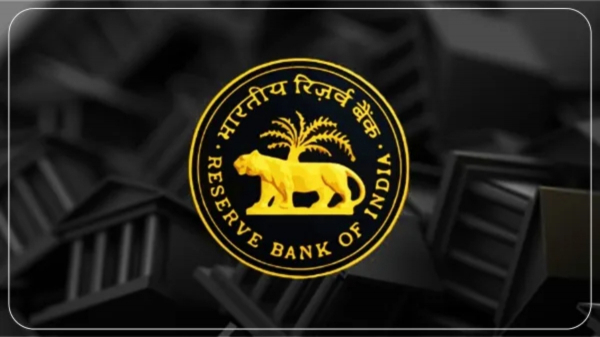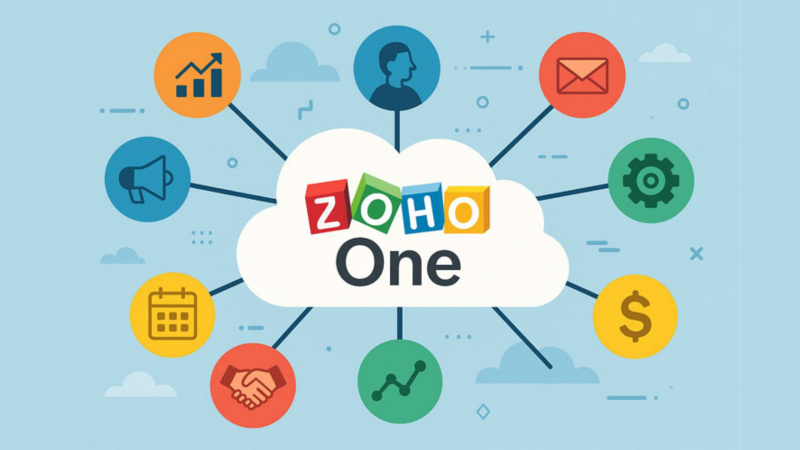RBI Repo Rate: Decoding the 25bps Cut & Its Impact on Your Finances
Impact on Mutual Funds The RBI repo rate cut has different implications for mutual funds: Debt Funds: Long-duration debt funds tend to benefit as bond price
- by B2B Desk 2025-02-07 11:28:52
The Reserve Bank of India’s Monetary Policy Committee (MPC) made headlines in February 2025 by cutting the repo rate by 25 basis points to 6.25%. This move, the first rate cut in five years, reflects the central bank's ongoing efforts to stimulate economic activity by making borrowing cheaper. Let’s break down what happened, why it matters, and how this RBI repo rate cut is expected to impact various aspects of the economy.
What Happened at the MPC Meeting?
Key Economic Projections
Governor Malhotra also shared some important forecasts during the meeting:
- GDP Growth: The RBI estimates that the GDP will grow at around 6.7% in the next fiscal year (FY26). The projected growth is expected to be:
- Q1: 6.7%
- Q2: 7.0%
- Q3: 6.5%
- Q4: 6.5%
- Inflation Forecast: The central bank has maintained its forecast for retail inflation:
- FY25: 4.8%
- FY26: 4.2%
Below is a summary table of the key forecasts:
|
Parameter |
FY25 |
FY26 |
|
GDP Growth |
6.4% |
6.7% |
|
Retail Inflation |
4.8% |
4.2% |
The Impact of the RBI Repo Rate Cut
Let’s dive into what this rate cut means for borrowers, investors, and the broader financial market.Impact on Loans
When the RBI lowers the repo rate, it reduces the cost at which banks borrow money. This typically translates into lower interest rates for consumers. Here’s how it affects various types of loans:
- Home Loans: Borrowers with floating rate home loans may see a reduction in their equated monthly installments (EMIs).
- Personal Loans: Lower interest rates make borrowing more affordable, encouraging individuals to take out loans for big-ticket purchases.
- NBFC Loans: Non-banking financial companies (NBFCs) also adjust their lending rates based on the new repo rate, benefiting consumers across the board.
Impact on Mutual Funds
The RBI repo rate cut has different implications for mutual funds:
- Debt Funds: Long-duration debt funds tend to benefit as bond prices rise when interest rates fall, potentially boosting returns.
- Short-Term Debt Funds: These might see slightly lower yields due to the overall drop in short-term interest rates.
Impact on Fixed Deposits (FDs)
Additional Measures and Global Context
In addition to the repo rate cut, the RBI is taking steps to secure the financial system against cyber threats. Measures such as additional authentication for international digital payments and exclusive domain names for banks and financial institutions are being implemented to enhance cybersecurity.
On the global front, geopolitical tensions and trade uncertainties continue to affect market sentiment. Recent announcements of tariffs by the US on countries like Canada, Mexico, and China have contributed to a more volatile global environment. This has, in turn, influenced currency movements and added to the cautious approach taken by the RBI.RBI Repo Rate Cut History
To put the current move in perspective, let’s take a quick look at the historical repo rate adjustments by the RBI:
|
Date |
RBI Repo Rate |
|
December 5, 2019 |
5.15% |
|
March 27, 2020 |
4.40% |
|
December 4, 2020 |
4.00% |
|
December 8, 2021 |
4.00% |
|
February 10, 2022 |
4.00% |
|
December 7, 2022 |
6.25% |
|
February 8, 2023 |
6.50% |
|
August 8, 2024 |
6.50% |
|
February 7, 2025 |
6.25% |
This table highlights the significant changes over the past few years, emphasizing that the current rate cut is a notable shift after a prolonged period of stability.
What This Means for You
Conclusion
Stay tuned as we continue to track the ripple effects of this significant policy shift and explore more on how changes in the RBI repo rate shape our financial landscape.
Also Read: Lenskart Business Model: How Lenskart Makes Money and Dominates the Eyewear Industry
POPULAR POSTS
Loan EMIs to Drop as RBI Slashes Repo Rate - Full MPC December 2025 Highlights
by Shan, 2025-12-05 11:49:44
Zoho Mail vs Gmail (2025): Which Email Platform Is Best for Businesses, Startups, and Students?
by Shan, 2025-10-09 12:17:26
PM Modi Launches GST Bachat Utsav: Lower Taxes, More Savings for Every Indian Household
by Shan, 2025-09-24 12:20:59
$100K H-1B Visa Fee Explained: Trump’s New Rule, Clarifications & Impact on Indian Tech Workers
by Shan, 2025-09-22 10:11:03
India-US Trade Deal Soon? Chief US Negotiator Arrives in Delhi as Talks Set to Begin Tomorrow
by Shan, 2025-09-15 11:54:28
Modi Meets Xi: Trump’s Tariffs, Strategic Autonomy, and the Future of Asia’s Power Balance
by Shan, 2025-09-03 06:40:06
Google Claims Gemini AI Uses Just ‘Five Drops of Water’ Per Prompt, Sparks Debate
by Shan, 2025-08-22 12:34:27
RECENTLY PUBLISHED

Pine Labs IPO 2025: Listing Date, Grey Market Premium, and Expert Outlook
- by Shan, 2025-11-05 09:57:07

The Agentic Revolution: Why Salesforce Is Betting Its Future on AI Agents
- by Shan, 2025-11-05 10:29:23

Top 10 Insurance Companies in India 2026: Life, Health, and General Insurance Leaders Explained
- by Shan, 2025-10-30 10:06:42

OpenAI Offers ChatGPT Go Free in India: What’s Behind This Big AI Giveaway?
- by Shan, 2025-10-28 12:19:11

Best Silver Investment Platforms for 2025: From CFDs to Digital Vaults Explained
- by Shan, 2025-10-23 12:22:46





 Subscribe now
Subscribe now 